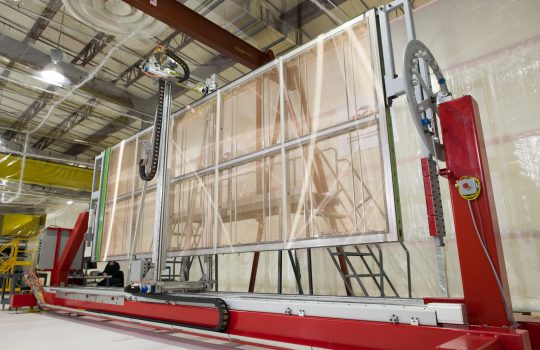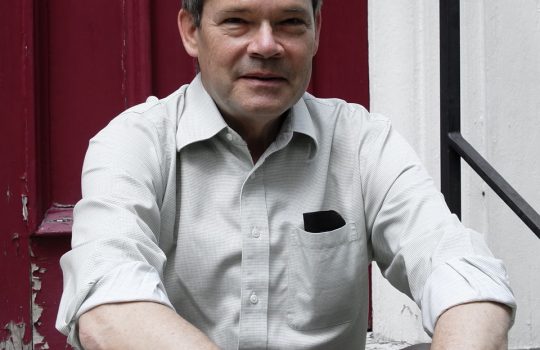DUNE scientists receive NSF grant to tackle mass production of detector components for massive neutrino experiment
- Deep Underground Neutrino Experiment
- DUNE
- LBNF
- Long-Baseline Neutrino Facility
- National Science Foundation
- neutrino
- ProtoDUNE
The National Science Foundation has awarded a $1.6 million grant to four U.S. universities for work on the Deep Underground Neutrino Experiment.




